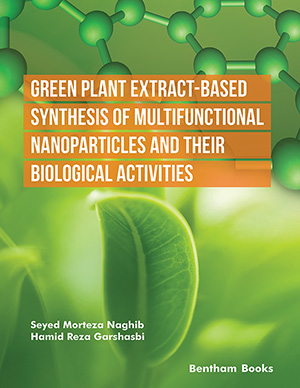Abstract
It is well-known that bioactive compounds have many positive advantages
for human health. The extension of their shelf life and their applications in the food and
pharmaceutical sectors are important issues. Microencapsulation is one of the proven
methods to protect bioactive compounds and enable various applications. In this
chapter, microencapsulation technology, including the important steps of understanding
the physicochemical properties of the bioactive compounds, selection of suitable
encapsulation, and microencapsulation methods, is presented. Understanding of
physicochemical properties of bioactive compounds and wall materials is the first
important step. There are a variety of microencapsulation methods that can be selected
to encapsulate the bioactive compounds, depending on the application purpose of the
resultant microencapsulated product. In addition, the release rate and release
mechanism of microencapsulated particles also play an important role, determined by
the selection of wall materials and microencapsulation methods. Finally, methods to
evaluate the physicochemical stability of the solution before microencapsulation and
the characterization of the microencapsulated particles are also presented. Several
examples of successful encapsulation technology and recommendations for further
studies of the bioactive compounds are also reported throughout the chapter.
Keywords: Bioactive compound, Microcapsule release mechanism, Microencapsulation, Release rate.






















